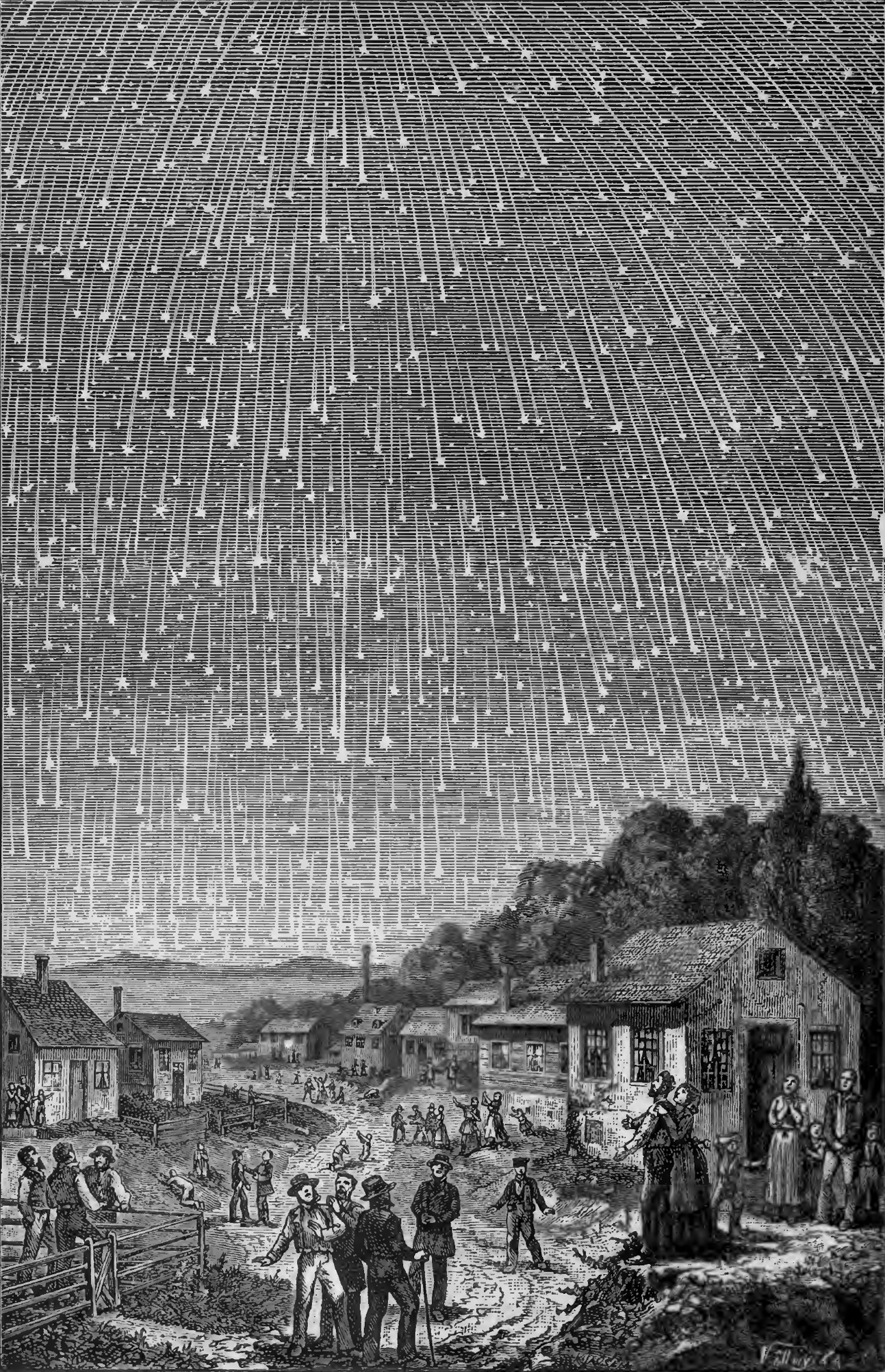I am a team member of this stereoscopic 67P catalogue archive.
Anaglyph stereoscopy is delicate. I advise you to watch these anaglyphs in a dark luminous light ambiance, without luminous reflection on the screen. You can download the high resolution PNG version and do not hesitate to zoom with the mouse wheel for an immersive effect. We must choose a good pair of glasses with the purest red and cyan filters possible so that the image intended for one eye is not injected into the other (otherwise unpleasant vision, crosstalk left-right, the brain crash bug !). You can test your filters with a test pattern here :
http://www.david-romeuf.fr/3D/Anaglyphe ... glyph.html . It's very important because unsuitable/bads filters on the glasses can totally degrade the views. We can buy red-cyan viewers for example : American paper optics
https://the3dmarket.com/collections/ana ... s-red-cyan , or BEREZIN RED-CYAN
https://www.berezin.com/3d/3dglasses.htm .
The catalog presently contains some 1500 anaglyphs and may be extended in the future (on a potential of 4700 stereoscopic pairs in the 27000 images of the ROSETTA mission). The anaglyphs are organized in albums (nucleus components, regions, typical features) and can also be searched using advanced tools. They are first displayed as clickable thumbnails. A first click displays the image with its parameters, a second click displays the image in full size. You can click again to zoom any area. A full documentation is included as well as general recommendations to best view the anaglyphs. More info :
https://arxiv.org/abs/1903.02324
There is good and less good in this archive, sometimes very good. In fact, the mission was not intended for real stereoscopy. There were not two cameras on two spacecrafts, which took pictures at the same time (like our eyes for our brain). We do not control the distance between the two shots for hyper stereoscopy ideals parameters (the stereoscopic base / right-left eyes 65-70 mm / 1/30 disparity = 1.8°), the filters of the camera, the target point and especially the images of the couple are not simultaneous.
The problem of two-step images is the most serious because the intrinsic rotation of the comet on itself modifies the projection of the shadows of the "mountains" and structures on the surface of the comet. These shadows move and are incoherents for the brain (they vibrate). When we judged the document interesting, we manually corrected the shadows by transferring the imprint of its largest surface in one of the images of the couple towards its counterpart. This is not a "trick" because the operation is just to turn off light the pixels of the surface that are not lit in the homologous image of the couple. There may be more than one hour of work for some documents, for example, the compositions with the nucleus + the jets and the coma because there is a double thresholding and a methodical cutting.
The problem of the base (or parallax) is less problematic because the brain adapts, except to the extrema, and according to the dimensions of stereo-reproduction. Thus, the anaglyphs that have a big shift red-cyan are rather to look on a small screen (< 1/15 disparity), those who have a very small shift red-cyan are rather for a very large screen (> 1/80 disparity) or to zoom much on the screen computer. Between the two, an ideal parallax of about 2 ° to the nearest object, in the foreground, these anaglyphs are ideal for a computer or TV 3D screen (1/30 disparity).
Nice day and good Sky ! David.
 3D 67P
3D 67P